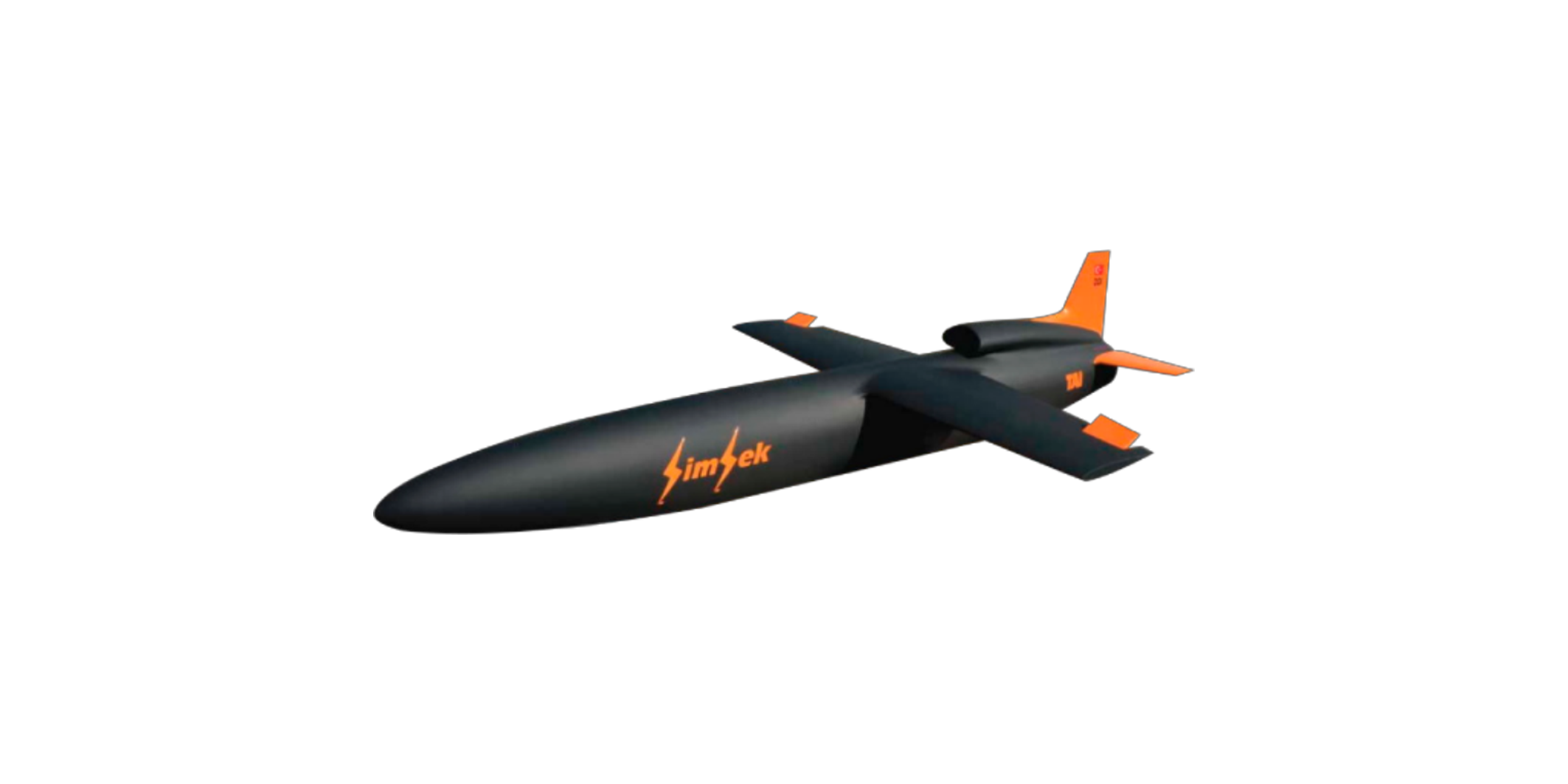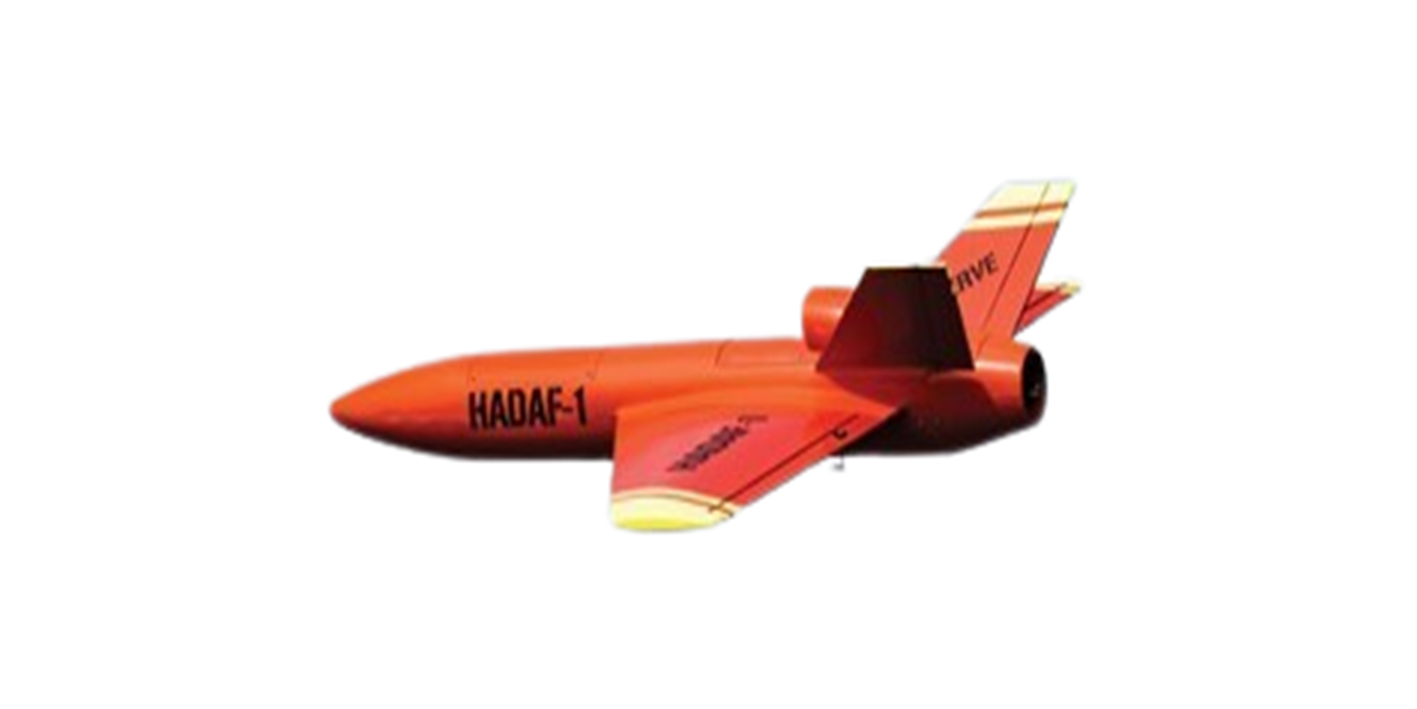3611Views

Could Decoy Drones be on Pakistan’s Roadmap?
Pakistan’s first indigenously designed medium-altitude long-endurance (MALE) unmanned aerial vehicle (UAV), the Shahpar-II, is off to a promising start. It is being inducted by the Pakistan Army (PA) and the Pakistan Air Force (PAF), while Global Defence and Industrial Solutions (GIDS) is now marketing a Block-II version. The National Engineering and Scientific Commission (NESCOM) is also developing a larger and more capable variant, Shahpar-III.
In terms of developing MALE UAVs, it appears that Pakistan – especially through NESCOM – is making progress. In fact, the jump from the Shahpar-II to the Shahpar-III will be significant.
The Shahpar-III will have a maximum take-off weight (MTOW) of 1,650 kg, payload of 400 kg to 530 kg across six hardpoints, 20 hours of endurance, range of 3,000 km, and service ceiling of 35,000 feet. It will be Pakistan’s largest indigenous drone to-date and a domestic analogue to systems like the Turkish Anka-S, Chinese Wing Loong-II, and American MQ-1C.
However, each of Pakistan’s service arms is looking to leverage drones to augment – or even supplant – key aspects of their operations. From vertical take-off and landing (VTOL) UAVs to loitering munitions of various sizes to unmanned underwater vehicles (UUV), the imperative from all of the Tri-Services is driving the Pakistani industry to develop many solutions.
This work could extend into the development of attritable unmanned combat aerial vehicles (UCAV) for the PAF. In a recent promotional video, the PAF stated that developing manned-unmanned teaming (MUM-T) capabilities was one of its goals.
While the PAF is likely referring to its use of existing MALE and high-altitude long-endurance (HALE) UAVs in concert with crewed fighter aircraft, the MUM-T concept is evolving to include many types of drones, from loitering munitions to an array of jet-powered systems. The latter include flying-wing strike UCAVs, loyal wingman drones, and attritable decoy drones.
The PAF’s entry into next-generation MUM-T could involve the acquisition – or, potentially, the development – of jet-powered attritable decoy drones. Following loitering munitions, decoy drones would likely be the lightest and lowest cost pieces of a future MUM-T deployment.
However, where loitering munitions are specifically designed to identify and attack a target, a decoy drone could undertake additional roles, such as electronic attack (EA) or electronic countermeasures (ECM), on top of being a loitering munition. Thus, like a loitering munition, a decoy is an expendable system, perhaps akin to a cruise missile, but with the flexibility of drones, such as swarming. In other words, it is a relatively simple and low-cost design, one that can be built in significant numbers to absorb utilization (which leads to attrition).
Thus far, today’s decoy drone programs seem to be based on target drones or air-launched cruise missiles (ALCM). For example, the Turkish Aerospace Industries (TAI) Super Şimşek decoy drone is a direct evolution of the TAI Şimşek target drone. The Şimşek has a MTOW of 70 kg, wingspan of 1.5 m, and length of 2.3 m. It has a top speed of around Mach 0.5, service ceiling of up to 20,000 feet, endurance of 45 minutes, and range of over 70 km.

Pakistan already has two target drone programs: Sysverve Aerospace’s Hadaf-series and the High-Speed Target Drone (HSTD) developed by the PAF’s National Aerospace Science and Technology Park (NASTP). The PAF did not release the specifications of the HSTD, but it may be similar to the Hadaf-series, the specifications of which are known via the Defence Export Promotion Organization (DEPO).
High-Speed Target Drone, designed & developed by Aviation Design Institute (AvDI), Aircraft Division, National Aerospace Science and Technology Park (NASTP) 🇵🇰
AvDI has developed several HSTDs including M-20A, M-20B, M-40, and M-55. pic.twitter.com/12n7skrSo6
— Umair Aslam (@Defense785) May 27, 2023
According to DEPO, the Hadaf-1 has a wingspan of 1.2 m, a length of 1.6 m, a range of 20 km, an endurance of up to 30 minutes, and a speed of Mach 0.24. The Hadaf-2 has a wingspan of 2.0 m, length of 3.2 m, range of 20 km, endurance of 20 minutes, and speed of Mach 0.32. There is a “Hadaf High-Speed” under development; it has a wingspan of 1.8 m, a length of 3.5 m, an endurance of 40 minutes, a range of up to 100 km, and a speed of Mach 0.5.

The Hadaf-1 and Hadaf-2 may not match well with the Şimşek, but the Hadaf High-Speed is promising. If successful, it would give Pakistan at least one target drone platform to develop further into a decoy, provided it gets the requisite investment…
End of excerpt (687 / 1,635 words)
You can read the complete article by logging in (click here) or subscribing to Quwa Premium (click here).
More insights on Pakistan’s drone programs:


